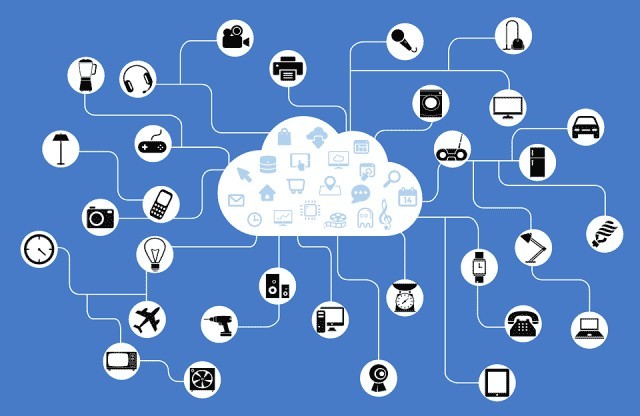Securing Senior Data
With Blockchain Technology
Senior medical records hold a vast quantity of sensitive data. As care providers strive to work together on patients’ behalf, that data is circulated and altered. There is minimal accountability when changes are made. The result is a chaotic web of transactions with incomplete and often inaccurate information. Additionally, the ever-changing tide of medical programs […]



